copper aluminum alloy sheet
Aluminum adopts advanced heat treatment process of copper-aluminum composite materials, controls diffusion annealing temperature, holding time and eliminates defects such as surface bubbling, which effectively ensures that the material can withstand the increased temperature difference, thermal expansion and contraction. Hole, bending, no cracking, no separation, and the interface bonding strength is continuously enhanced in the subsequent use process.
The annealing process can be effectively adjusted according to different composite material specifications (thickness, width, etc.) to achieve the best performance of the material. When the thickness increases, the annealing temperature and annealing time approach the upper limit; when the thickness decreases, the annealing temperature and annealing time approach the lower limit. When the width of the composite strip material increases, the annealing temperature and annealing time approach the upper limit; when the width of the composite strip material decreases, the annealing temperature and annealing time approach the lower limit. Copper aluminum alloy sheet, through the above annealing process, realizes the transition from physical bonding to metallurgical bonding of the interface. It can be seen from the SEM photos of the peeling interface of copper aluminum sheet through experiments that the composite interface obtained by the above heat treatment process is too late to form intermetallic brittle compounds.
Thus, the composite effect of the interface is guaranteed. In order to achieve the effect of annealing strengthening: the bending performance of the material is improved, the shear strength of the composite interface is increased, and the composite material can also obtain a certain hardness value.
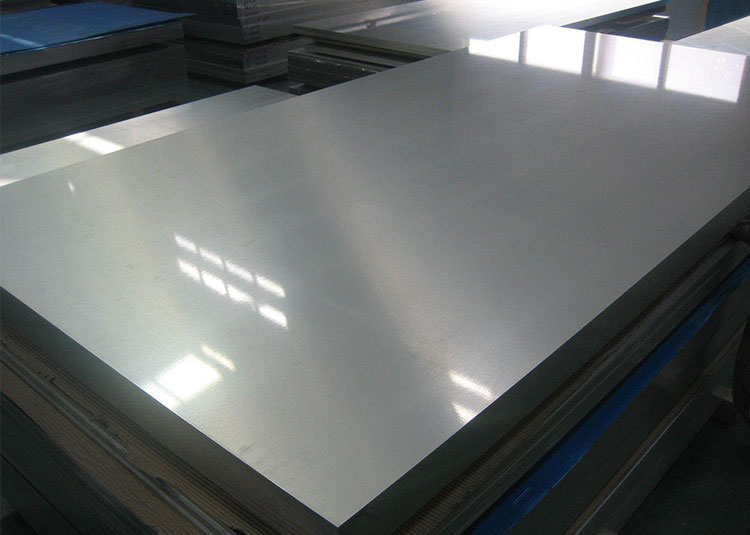
Aluminium Sheets
View Details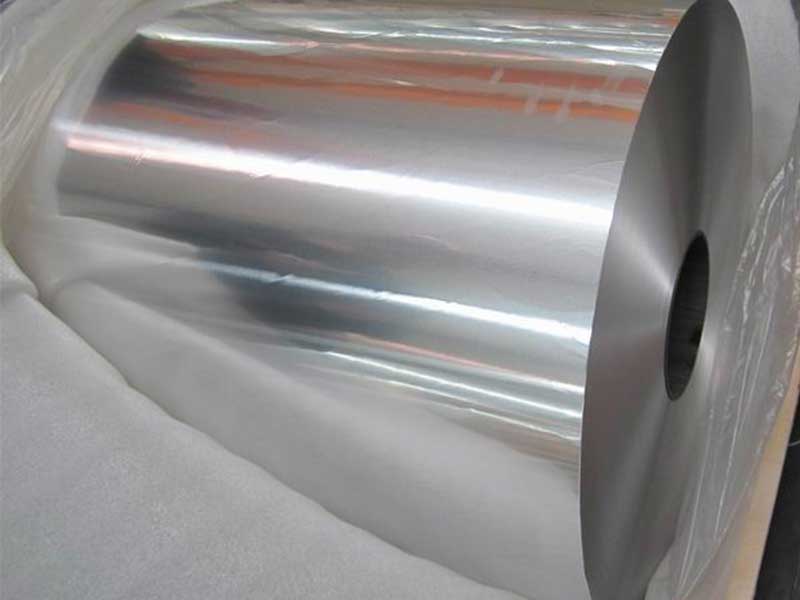
Aluminium Coils
View Details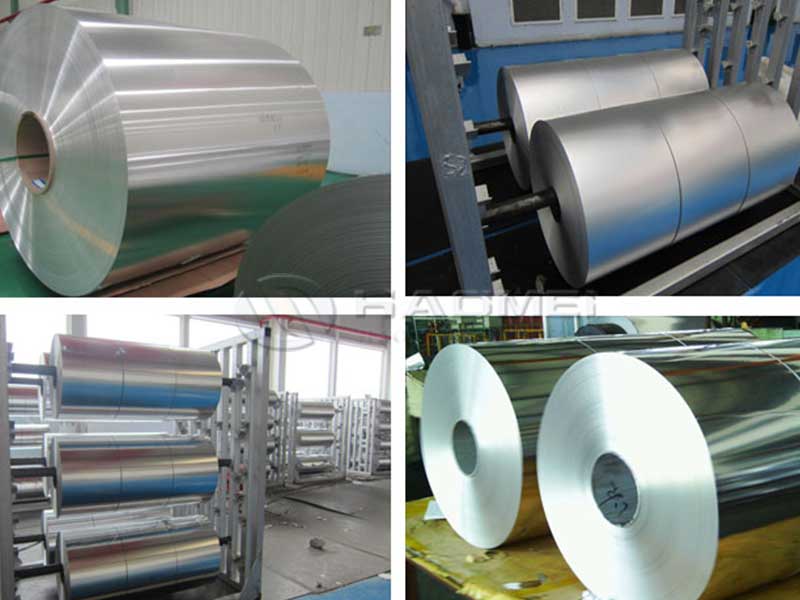
Aluminium Foils
View Details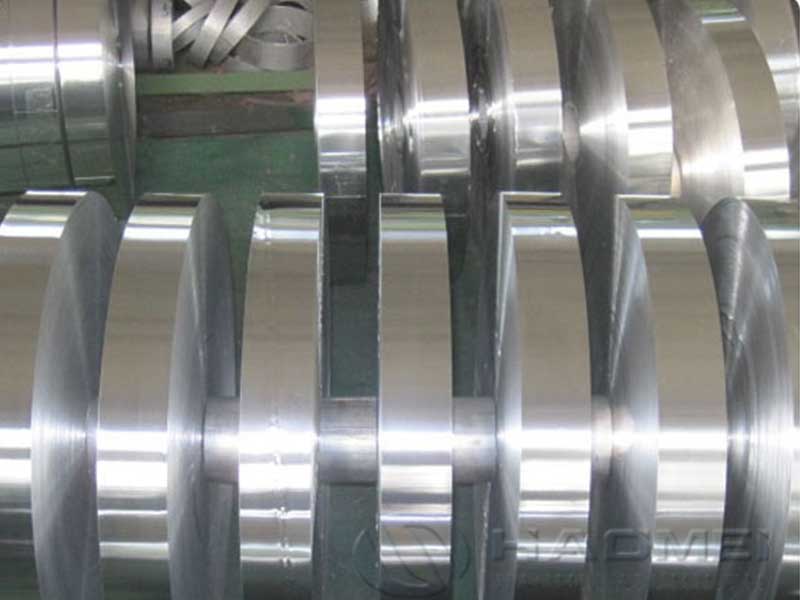
Aluminium Strips
View Details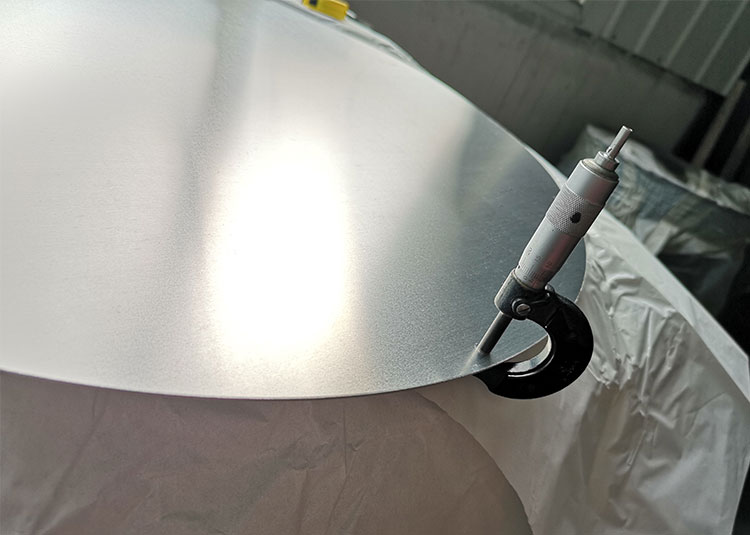
Aluminium Circles
View Details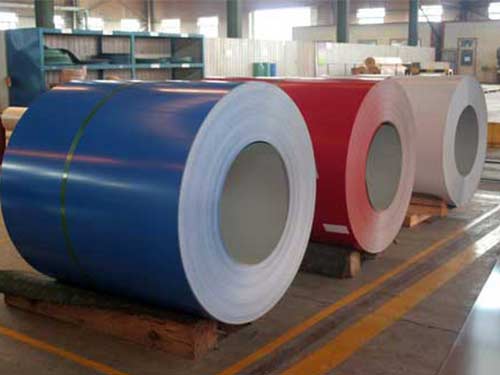
Coated Aluminium
View Details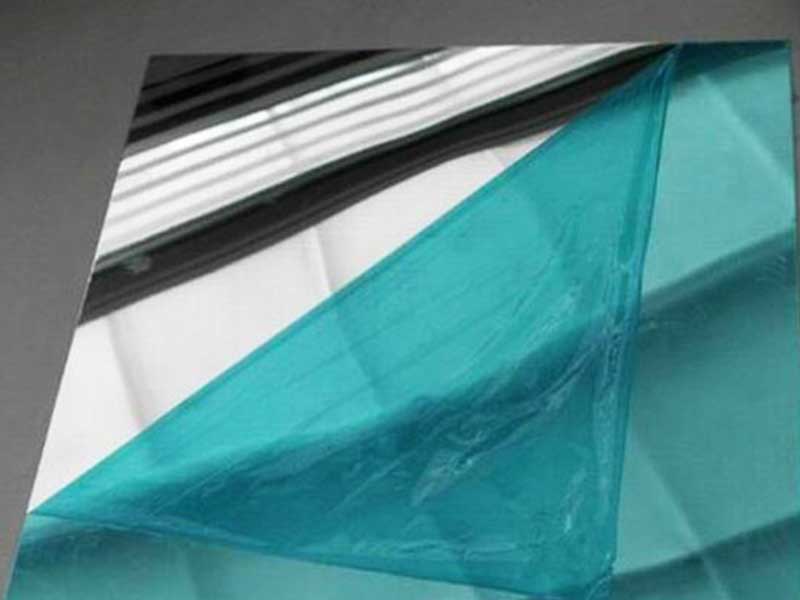
Mirror Aluminum
View Details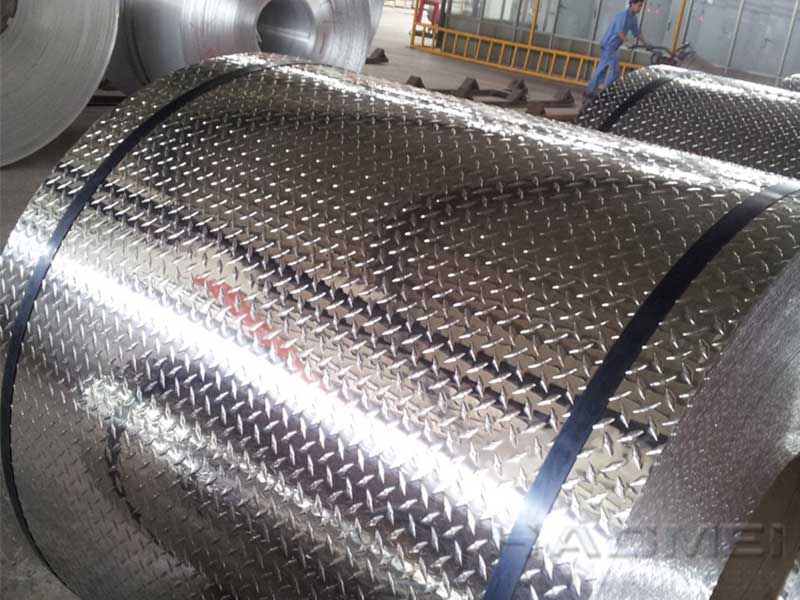
Stucco Embossed Aluminum
View DetailsCopper
- Enameled copper clad aluminum...
- CCA copper clad aluminum ename...
- Copper aluminum roll bonded cl...
- Tinned Copper Braid Wire Strip...
- bimetallic strip aluminum and...
- Copper clad plate manufacturer...
- Copper clad aluminum strip for...
- Enamelled aluminum copper flat...
- Ultra-thick copper-aluminum bi...
- Copper-aluminum bimatallic pla...
- Copper clad aluminum bar rod
- Copper-Aluminium Bimetal Clad...
- New energy copper soft connect...
- Copper to aluminum bus bar
- nickel copper aluminum three l...
- bimetallic copper aluminum was...
- copper clad aluminum magnet wi...
- Three-layer copper aluminum co...
- Copper-aluminum transition joi...
- Tinned copper bus bar